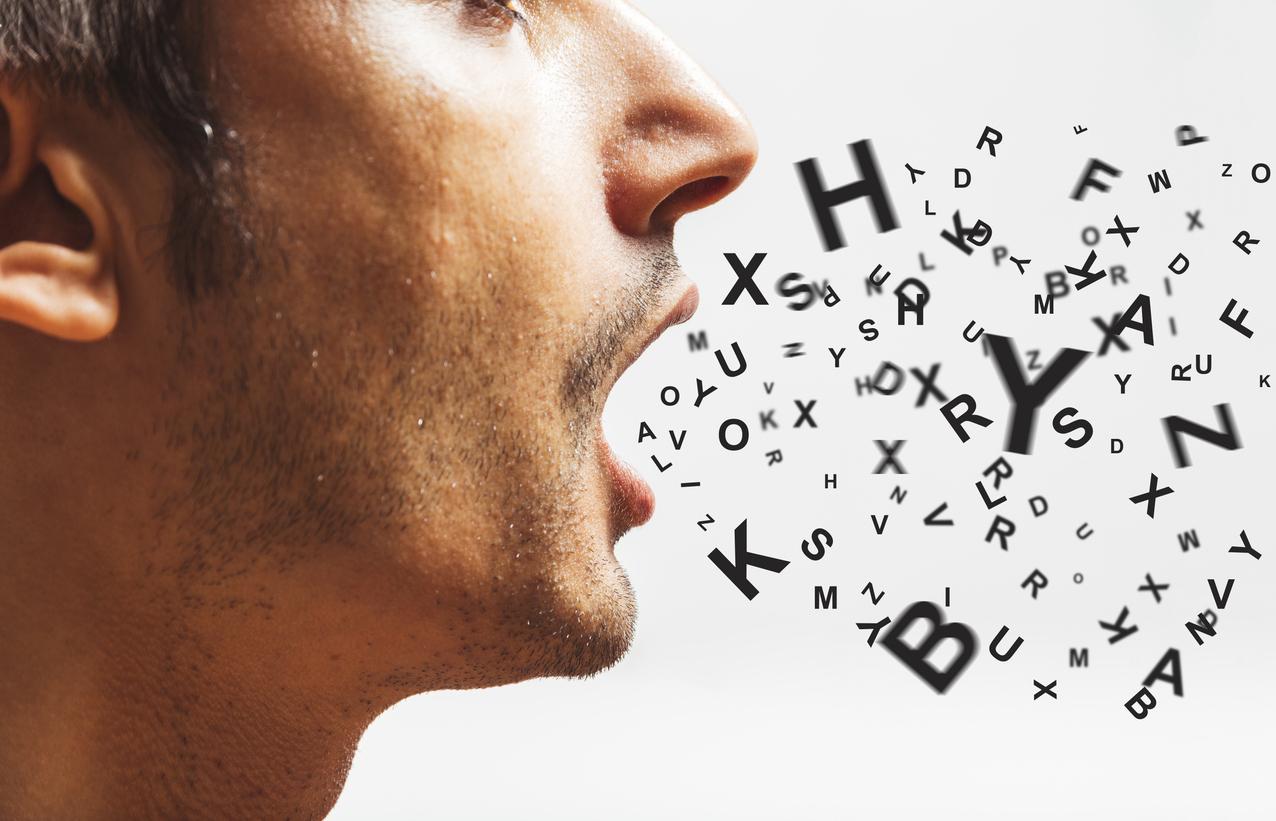
An X-ray, CT scan or MRI scan can examine the vertebrae of the spine.
For proper medical treatment of spinal problems, it is important that the doctor makes an accurate diagnosis. The doctor studies the patient’s medical background and performs a comprehensive physical examination. There are also all kinds diagnostic tests that deserve recommendation.
In an X-ray examination, an internal picture of part of the skeleton is made, using X-rays. An MRI scan uses magnetic fields and radio waves to make two-dimensional images of soft tissues in the body. A CT scan uses X-rays to make cross-sectional images of both bones and soft tissues.
In a contrast X-ray (myelogram), the radiologist injects contrast fluid into the spinal canal and nerve roots, and then an X-ray is taken. During a bone scan, radioactive material is injected, after which images of the skeleton are made using a computer scan. An EMG (electromyography) measures the activity of a muscle in response to a nerve impulse.
Facet joint blockage is a treatment in which anesthetic and steroid are injected directly into the facet joint. It may be advisable to examine collected fluids, such as blood, in the laboratory to look for problems that have not been detected by other tests. Spinal cord puncture is a treatment in which cerebrospinal fluid (cerebrospinal fluid) is taken from the spinal cord for examination. One discogram is an X-ray examination of the intervertebral discs with radioactive dye. When the exact cause of the complaints has been determined, a suitable treatment can be determined.

















